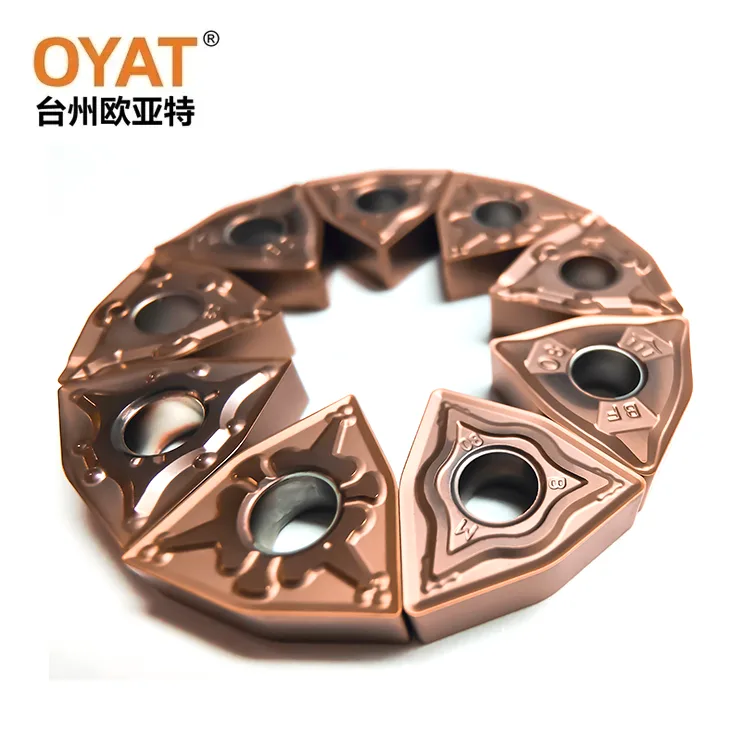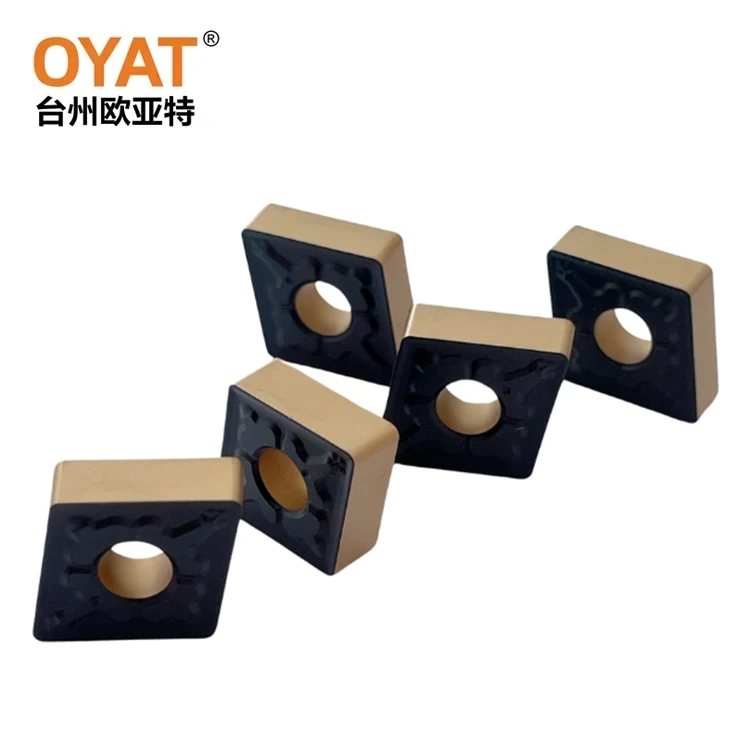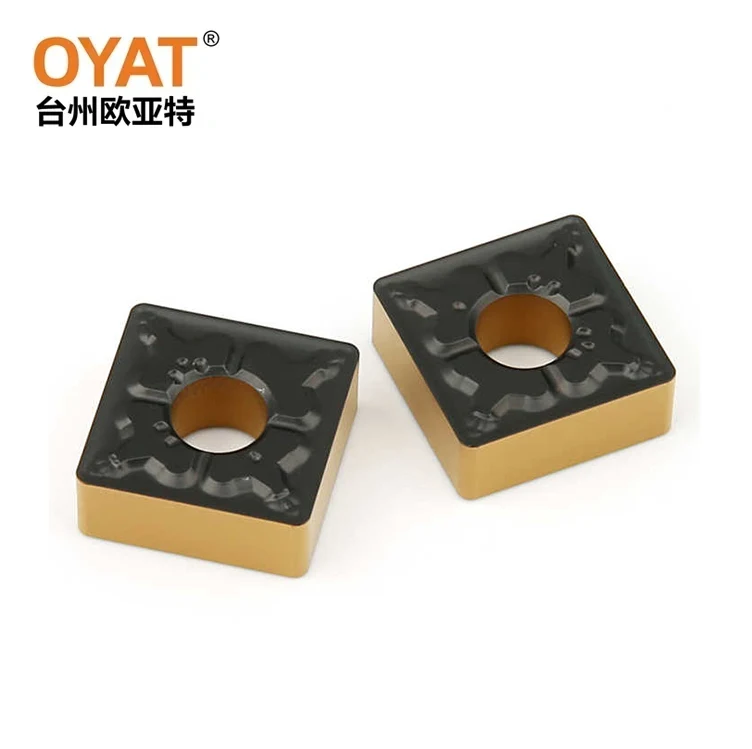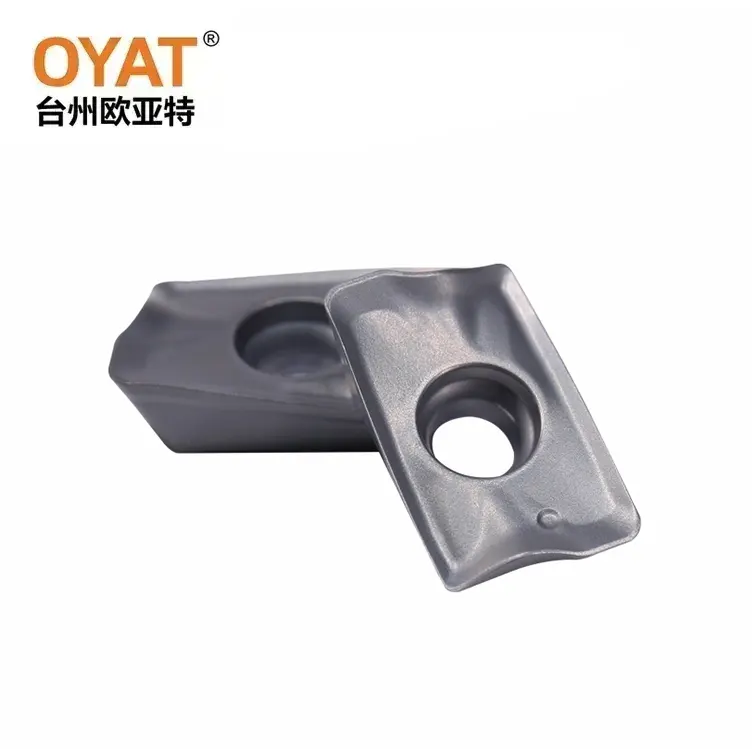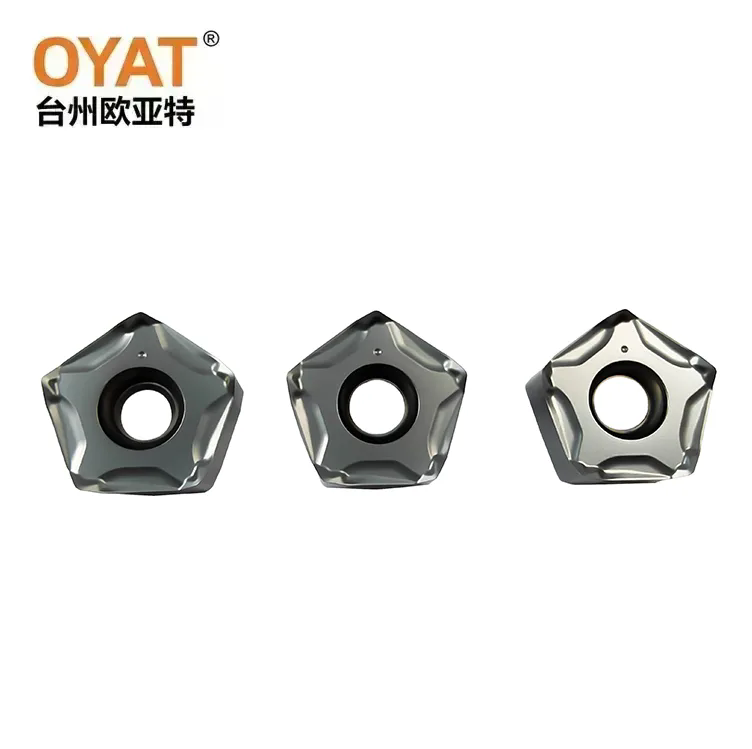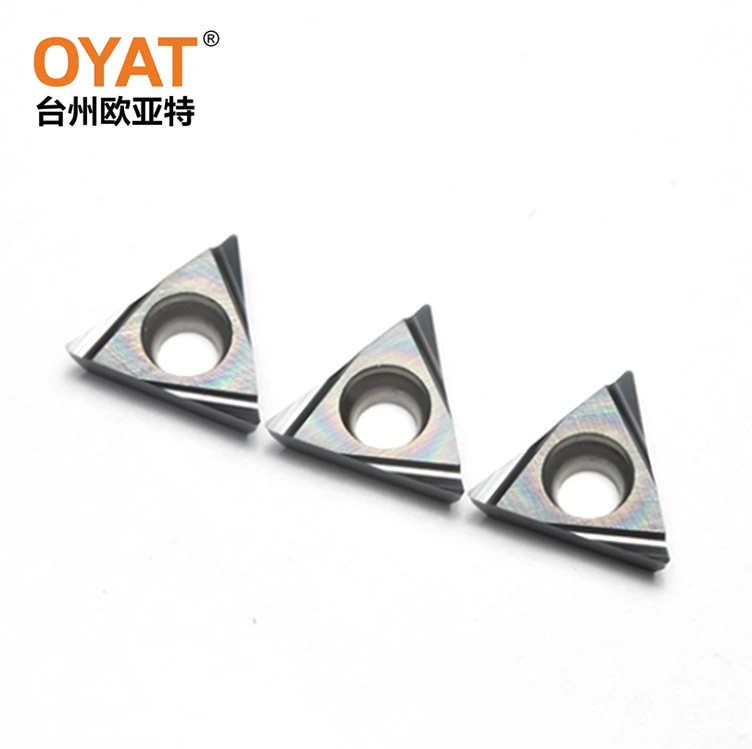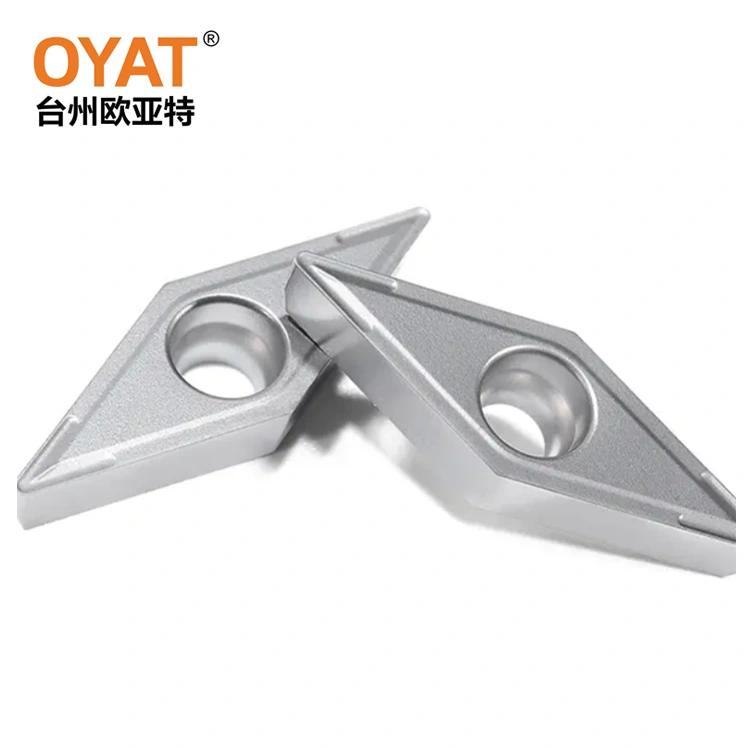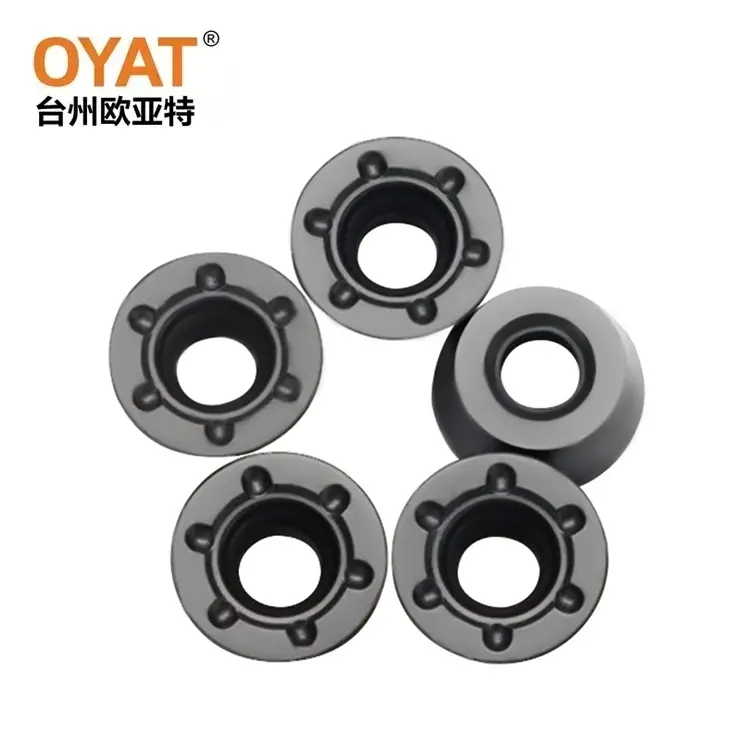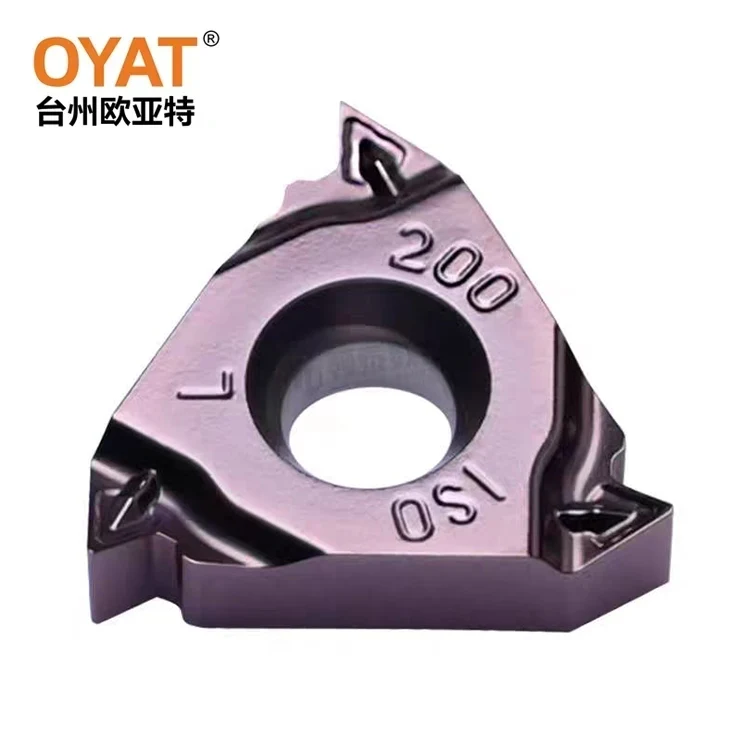Email Us
How to Choose the Right Drilling Inserts for Precision Machining
In the world of modern machining and metalworking, drilling inserts have become an indispensable tool for achieving precision, speed, and cost-effectiveness. Whether you are working in automotive manufacturing, aerospace engineering, heavy machinery, or oil and gas drilling, selecting the right drilling inserts can significantly improve cutting performance and extend tool life. This comprehensive guide explores what drilling inserts are, how they work, their classifications, selection criteria, and maintenance tips to help you make the right choice for your applications.
What Are Drilling Inserts and Why Are They Essential?
Drilling inserts are replaceable cutting tips used in indexable drilling systems to cut, shape, or bore holes into various materials, including steel, aluminum, titanium, and composites. Unlike traditional solid drills, drilling inserts are designed to be mounted on a tool body and replaced once worn out, providing both flexibility and cost-efficiency.
Key Advantages of Using Drilling Inserts
-
Cost Savings – Only the insert is replaced, not the entire tool.
-
Enhanced Productivity – Supports higher cutting speeds and feeds.
-
Material Versatility – Different grades and coatings adapt to multiple materials.
-
Consistency – Delivers uniform hole dimensions and smooth finishes.
-
Longer Tool Life – Advanced carbide substrates and coatings resist wear.
Applications of Drilling Inserts
Drilling inserts are widely used in:
-
Automotive component manufacturing (engine blocks, gearboxes)
-
Aerospace engineering (high-temperature alloys, titanium)
-
Oil and gas exploration (deep-hole drilling, casing)
-
Industrial machinery production (shafts, bearings, housings)
With increasing demand for precision and efficiency, the correct selection of drilling inserts directly impacts operational costs, production quality, and tool longevity.
How to Select the Best Drilling Inserts for Your Application
Choosing the right drilling inserts requires a careful evaluation of several parameters, including material type, insert geometry, coating, drilling conditions, and machine capability. Below, we break down the critical factors to consider when selecting inserts for optimized performance.
Insert Material and Grade
| Insert Material | Recommended Application | Features |
|---|---|---|
| Carbide Inserts | General-purpose drilling, especially on steel, stainless steel, and cast iron | High hardness, excellent wear resistance |
| Cermet Inserts | High-speed finishing and semi-finishing | Superior surface finish, heat resistance |
| Ceramic Inserts | High-temperature drilling, aerospace alloys | Withstands extreme heat, suitable for nickel alloys |
| CBN Inserts | Hard material drilling (above 50 HRC) | Exceptional hardness, minimal tool wear |
| PCD Inserts | Non-ferrous materials (aluminum, composites) | Outstanding finish, longest tool life |
Insert Geometry and Chip Control
Drilling inserts come in various geometries optimized for specific drilling conditions:
-
Positive Geometry Inserts – Reduced cutting forces, ideal for softer materials.
-
Negative Geometry Inserts – Stronger cutting edges, best for harder alloys.
-
Multi-facet Chipbreakers – Effective chip evacuation, prevents chip clogging.
-
Through-Coolant Inserts – Built-in coolant holes for high-speed, deep-hole drilling.
Coating Technology
Modern drilling inserts are engineered with advanced coatings that enhance wear resistance and improve heat dissipation:
-
TiN (Titanium Nitride) – Suitable for general-purpose drilling.
-
TiAlN (Titanium Aluminum Nitride) – Excellent for high-speed applications.
-
AlTiN (Aluminum Titanium Nitride) – Superior thermal stability, ideal for hardened steels.
-
Diamond Coating – Provides unmatched performance on non-ferrous materials.
Operating Parameters
Optimizing speed, feed rate, and depth of cut is crucial when working with drilling inserts:
| Parameter | Impact |
|---|---|
| Cutting Speed (Vc) | Determines heat generation and insert wear |
| Feed Rate (f) | Affects chip size and tool pressure |
| Depth of Cut (ap) | Influences stability and tool strength |
| Coolant Flow | Reduces friction and extends insert life |
Maximizing Performance and Extending Tool Life
Proper handling and maintenance of drilling inserts can significantly boost productivity and reduce operational costs. Here are some best practices to achieve optimal results:
Installation and Clamping
-
Always clean insert pockets before installation.
-
Use a torque wrench to secure inserts tightly but avoid over-tightening.
-
Ensure proper alignment to maintain cutting edge stability.
Cooling and Lubrication
-
Use high-pressure through-coolant systems when possible.
-
Apply appropriate cutting fluids for different materials.
-
Monitor coolant concentration to prevent excessive tool wear.
Insert Indexing and Rotation
Most drilling inserts are designed to be indexed — rotated to expose a fresh cutting edge — before complete replacement. Always follow manufacturer guidelines for indexing to maximize insert usage.
Monitoring Wear and Damage
Inspect inserts regularly for:
-
Edge chipping
-
Built-up edges (BUE)
-
Flank wear
-
Thermal cracks
Drilling Inserts FAQ
Q1. How do I know when to replace a drilling insert?
A: Check for signs like edge rounding, thermal cracks, or chip formation issues. If hole accuracy decreases or surface finish deteriorates, it's time to index or replace the insert.
Q2. What coating is best for high-speed steel drilling?
A: TiAlN-coated carbide inserts are highly recommended for high-speed drilling operations. They offer superior heat resistance and prevent rapid tool wear, especially when machining hardened steels.
Selecting the right drilling inserts is critical for optimizing machining operations, improving productivity, and extending tool life. From choosing the appropriate insert material and geometry to applying advanced coatings and adjusting cutting parameters, every factor plays a vital role in achieving precision and efficiency.
At OYT, we specialize in delivering high-performance drilling inserts designed for a wide range of industrial applications. With our expertise and cutting-edge manufacturing technology, we provide solutions tailored to your specific machining needs.
For more information or to request a customized quotation, contact us today and let our experts help you achieve the highest drilling performance.
- What Makes SPMT050204-DG Drilling Inserts a Game-Changer in Precision Machining?
- What Are V-type Turning Inserts and Why Should You Choose Them?
- What Makes Milling Inserts the Key to Precision and Productivity?
- TNMG type triangle cutting insert: precision design, high efficiency and multi-function.
- Why Are Turning Inserts the Game-Changer in Modern Machining?
- What Makes High-Quality Turning Inserts Essential for Precision Machining?
Contact Us
Jiangnan Village, Jiangkou Street, Huangyan District, Taizhou City, Zhejiang Province, China
Copyright © 2025 Taizhou Ouyate Tools Co., Ltd. All Rights Reserved. Powered by Qixin Cloud



